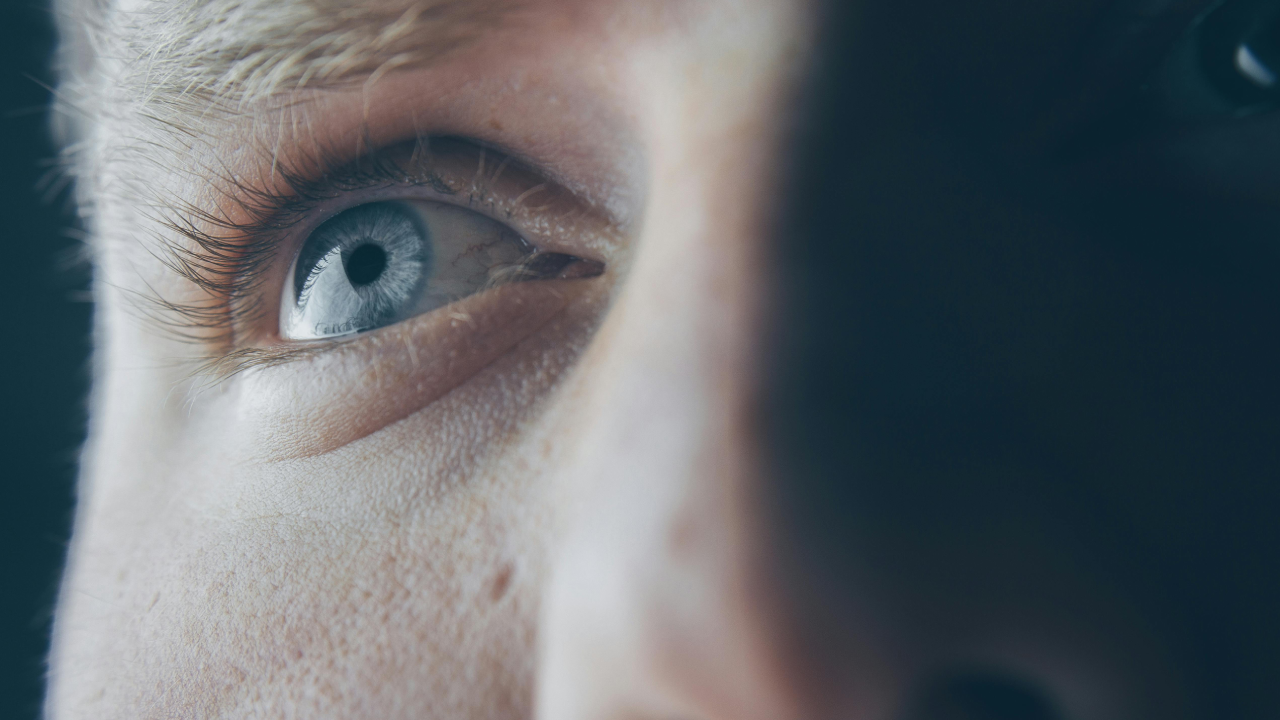Fall is a season that is cherished for its aesthetic transformation—leaves change color, the air becomes crisp, and pumpkin-spiced everything dominates our senses. Yet, while many people relish the beauty of autumn, the season brings something else that’s far less appreciated: fluctuating temperatures. One day you’re wrapped in a cozy sweater, and the next, you’re peeling off layers under an unseasonably warm sun. These constant shifts in weather aren’t just inconvenient—they can have a significant impact on your health.
Temperature fluctuations, combined with the natural environmental shifts that come with fall, can exacerbate existing health problems and introduce new ones. From respiratory issues and seasonal allergies to skin conditions and even mental health, the body’s ability to cope with these sudden changes can be stretched to its limits.
Table of Contents
The Relationship Between Fall Weather and Respiratory Health

As the weather turns cooler, many people begin to experience symptoms like runny noses, sore throats, and coughs. You may wonder: is it the cold weather itself that’s making people sick, or is something else at play? According to Dr. Thomas Russo, a professor and chief of infectious disease at the University at Buffalo, the link between cold weather and illness isn’t as straightforward as it seems. Cold weather itself doesn’t directly cause colds or the flu; rather, the cooler months encourage behaviors that make us more susceptible to viral infections.
Viruses Thrive Indoors
When temperatures drop, we spend more time indoors in enclosed spaces, often with poor ventilation. This creates an ideal environment for viruses like the common cold and flu to spread. As people huddle together for warmth, the chance of transmitting respiratory infections rises. Additionally, research suggests that lower humidity, which is common in cooler months, can help viruses like the flu survive longer in the air. In dry conditions, the mucus in our respiratory systems, which helps trap and expel pathogens, becomes less effective, increasing the chances of infection.
This risk is even more pronounced for families with children. Schools and daycares become hotbeds for the transmission of viruses, as children are notorious for spreading germs to each other and bringing them home. As Dr. Russo points out, “Children are the No. 1 friend of viruses,” meaning that families should be particularly cautious during the fall.
Fall Allergies and Asthma
Beyond viral infections, temperature swings can also impact people with respiratory issues like asthma and seasonal allergies. Dr. Purvi Parikh, an allergist and immunologist, explains that fluctuating temperatures can exacerbate asthma symptoms. The sudden change from cold to warm or vice versa can cause airways to tighten, leading to breathing difficulties. These changes can also worsen air quality, which further irritates the respiratory system.
Additionally, temperature fluctuations can prolong the allergy season, keeping allergens like pollen in the environment for longer periods. As plants react to changing temperatures, they continue to release pollen, increasing the likelihood of allergic reactions. High temperatures can also increase the amount of carbon dioxide in the air, further boosting pollen production. For people with allergies, this can mean weeks or even months of extended symptoms, including itchy eyes, runny noses, and respiratory distress.
Skin Conditions: The Silent Sufferer

Your skin is your body’s largest organ, and it’s one of the first places where you’ll notice the impact of fluctuating temperatures. As fall progresses, you might experience dry, itchy, or irritated skin. For some, this is merely an annoyance, but for others, particularly those with skin conditions like eczema, the change in weather can trigger significant flare-ups.
Eczema and Seasonal Changes
Eczema, a chronic skin condition characterized by dry, itchy, and inflamed skin, is highly sensitive to environmental changes. According to Dr. Parikh, people with eczema are at increased risk of experiencing flare-ups during the fall due to rapid temperature changes and decreased humidity. Cold air can dry out the skin, while warm air from heaters can exacerbate the problem by sucking moisture from the air, leaving the skin even drier.
But even those without eczema may notice changes in their skin’s texture and elasticity as the weather shifts. Cooler temperatures can cause the skin to lose its natural oils, leading to dryness, while sudden bouts of warmer weather can result in excess oil production, making your skin feel greasy or even causing breakouts. To combat this, it’s important to adjust your skincare routine seasonally, opting for heavier moisturizers in colder months and lighter formulas when temperatures rise.
Mental Health: The Hidden Toll
While physical health concerns like colds and skin conditions are often the first issues to come to mind when discussing seasonal changes, it’s important not to overlook the mental health impact of fluctuating temperatures. The sudden shifts between warm and cold weather can leave many people feeling unsettled, and for some, it can exacerbate conditions like anxiety and seasonal affective disorder (SAD).
The Impact of Shorter Days
One of the most significant changes in the fall is the decreasing amount of daylight. Shorter days and longer nights can lead to a decrease in the production of serotonin, a neurotransmitter that helps regulate mood. The result? Feelings of sadness, irritability, and even depression, particularly for those who are already predisposed to mental health conditions. These effects are often compounded by the erratic temperatures, which can create a sense of instability and unease.
Seasonal affective disorder, a type of depression that occurs at the same time every year, usually in the fall and winter, is particularly linked to the changing seasons. While SAD is often associated with the cold, the fluctuating temperatures of fall can make it difficult for those affected to get into a stable routine, which is crucial for managing symptoms. Treatment for SAD often includes light therapy, which mimics natural sunlight and can help alleviate some of the mood-related symptoms caused by shorter days.
Heat-Related Illnesses: An Unexpected Risk
Fall isn’t typically associated with heat-related illnesses, but unpredictable temperature spikes can leave you vulnerable. When a sudden warm spell hits after a period of cooler weather, your body may not be prepared to cope with the heat. This can increase your risk of heat exhaustion or even heat stroke, particularly if you have underlying health conditions.
The Dangers of Heat in Fall
Dr. Amanda Dilger, a physician at Mass Eye and Ear, notes that unexpected hot weather in the fall can be especially dangerous for those with chronic conditions like heart disease, lung problems, or kidney issues. The body’s ability to regulate temperature can become compromised, leading to an increased likelihood of emergency room visits. Heat can also reduce cognitive function and productivity, making it harder to concentrate on tasks or perform at your best.
In some cases, people may not realize that they’re at risk for heat-related illnesses because fall is generally considered a cooler season. However, sudden temperature spikes can be just as dangerous as the heat waves of summer, particularly for older adults or those with pre-existing conditions.
What You Can Do to Protect Your Health
While you can’t control the weather, you can take steps to protect yourself from the health risks associated with temperature fluctuations in the fall. Here are some practical tips to help you stay healthy during this transitional season:
- Dress in Layers: This allows you to easily adjust to changing temperatures throughout the day. Wear a light base layer, such as a long-sleeve shirt, and add sweaters or jackets that can be removed if it gets warmer.
- Stay Hydrated: Even though the cooler weather might not make you feel as thirsty as in the summer, it’s still important to drink plenty of water. Dehydration can occur just as easily in cooler weather, especially if you’re moving between warm and cold environments.
- Monitor Indoor Humidity: Consider using a humidifier to keep the air in your home moist, which can help protect your skin and respiratory system from becoming too dry.
- Practice Good Hygiene: To minimize the spread of viruses, wash your hands frequently, avoid touching your face, and disinfect commonly touched surfaces in your home.
- Get Your Flu Shot: Fall is flu season, and getting vaccinated can significantly reduce your risk of catching the flu and spreading it to others.
- Take Care of Your Skin: Use moisturizers to combat dry skin, and don’t forget to apply sunscreen, even on cooler, overcast days. The sun’s rays can still cause damage to your skin in the fall.
